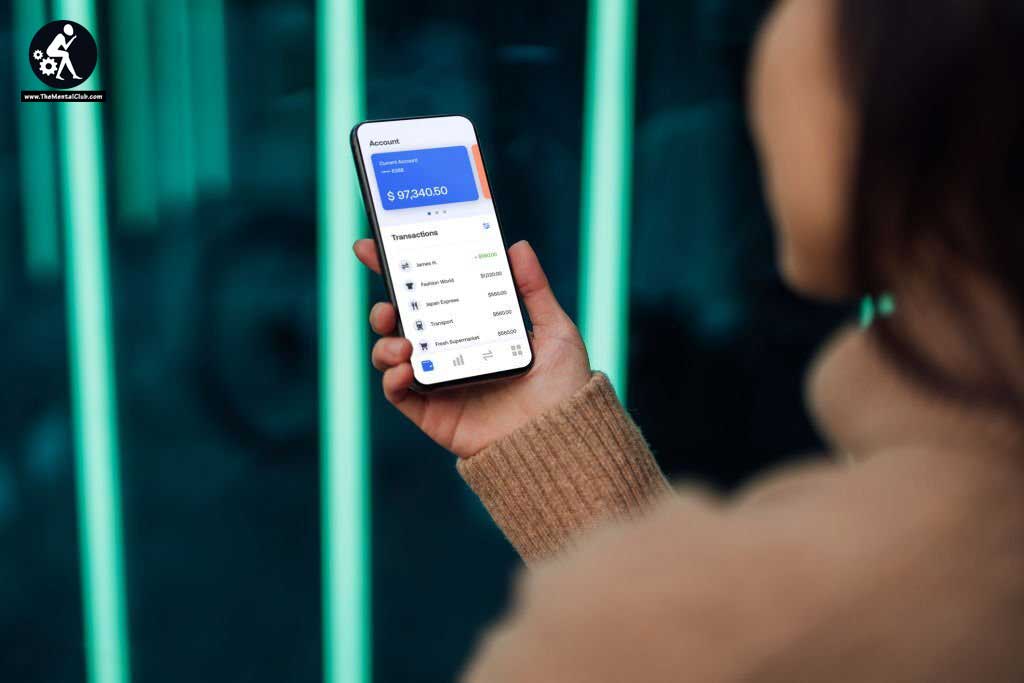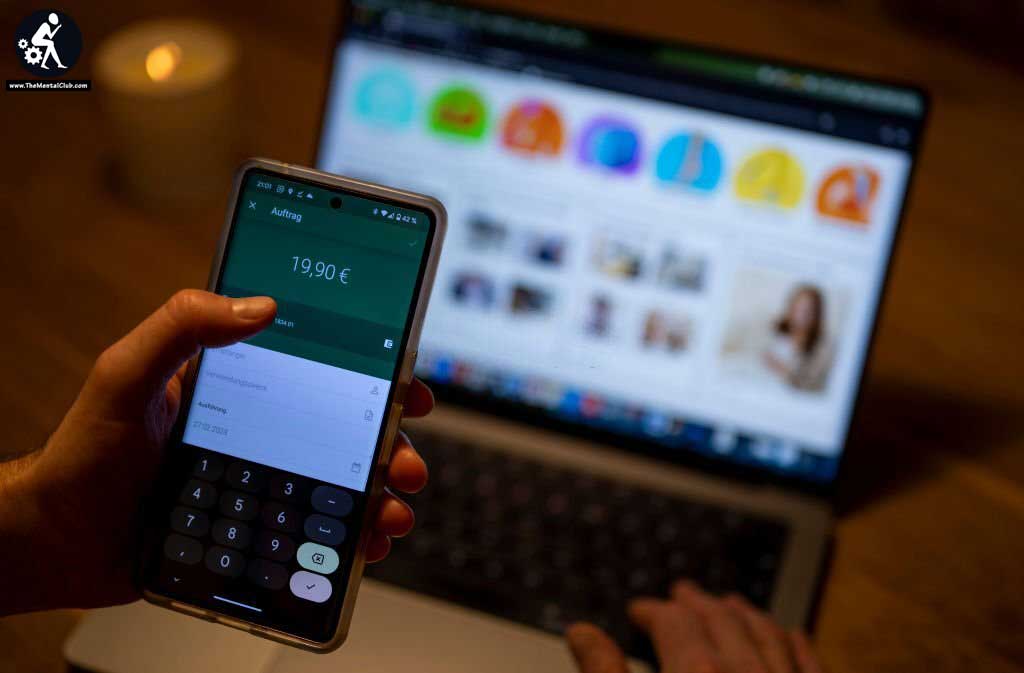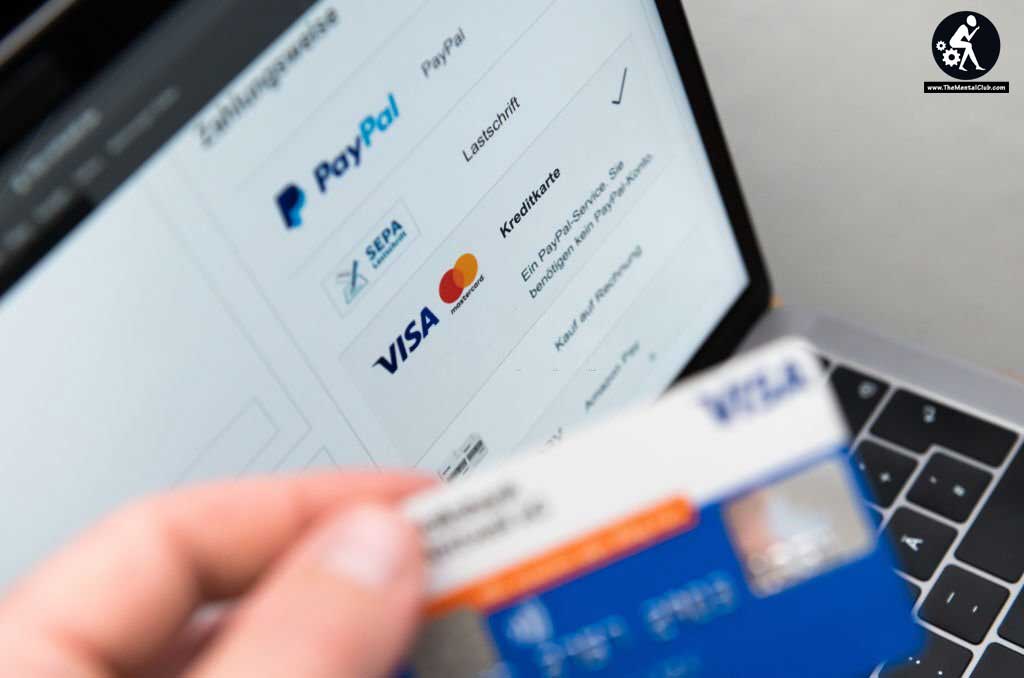In the buzzing realm of mobile apps, where digital innovation merges with user convenience, nothing can bring your business to a screeching halt, quite like a flawed payment gateway. To fuel your app’s success and keep the cash registers ringing, choosing the perfect payment gateway that seamlessly aligns with your unique needs is crucial. But with a sea of options, how do you navigate the choppy waters and find the ultimate gem?

In this insightful guide, we embark on a captivating journey to unravel the secret code of selecting the best payment gateway for your mobile app. From the vital factors to consider and the must-have features to the pitfalls to avoid, prepare to harness the power of frictionless transactions. So, fasten your seatbelts and embark on a transformative voyage that will empower your app and revolutionize your customers’ payment experiences. Let’s dive in!
What is Payment Gateway for Your Mobile App?
A mobile app’s payment gateway is a piece of technology infrastructure that facilitates the safe and efficient processing of online payments, allowing users to pay for goods and services directly from the app. It serves as a go-between for the user, the mobile app, and the participating financial institutions in the transaction. The payment gateway securely gathers payment information, such as credit card information or credentials for a digital wallet, when a user begins a payment using a mobile app. To maintain confidentiality, it encrypts the data before sending it for permission to the proper financial institution.
The payment gateway performs various functions, including:
1. Encryption and Security:
It ensures that the payment data is encrypted and protected from unauthorized access or interception during transmission.
2. Payment Authorization:
The gateway verifies the user’s payment details with the relevant financial institution, such as a bank or credit card company, to ensure the transaction is valid and the user has sufficient funds.
3. Transaction Processing:
The payment gateway makes it possible for money to be sent from the user’s account to the merchant’s when the transaction has been approved.
4. Payment Notification:
It provides real-time notifications to the user and the mobile app about the transaction’s status, such as successful payment, declined transaction, or pending authorization.

5. Integration and API:
Payment gateways offer software development kits (SDKs) and application programming interfaces (APIs) that allow eWallet app development company to integrate the gateway into their mobile apps and customize the payment experience according to their requirements.
6. Multiple Payment Methods:
To satisfy a wide range of customer preferences, payment gateways support a number of payment choices, including credit/debit cards, digital wallets (such as Apple Pay, and Google Pay), net banking, and other alternative payment solutions.
7. Security and Compliance:
To ensure the secure handling of sensitive payment data, payment gateways abide by industry security regulations including the Payment Card Industry Data Security Standard (PCI DSS). They also deal with observing rules pertaining to Internet payments.
By integrating a payment gateway into on-demand app development, businesses can provide their users with a convenient and secure way to make purchases, subscriptions, or donations within the app, enhancing the overall user experience and facilitating monetization.
How to Choose the Best Payment Gateway for Your Mobile App
The success of your company depends on you picking the right payment gateway for your mobile app. You can securely and effectively take online payments using a payment gateway. Choosing the best option among the many that are offered on the market might be difficult. However, by taking into account a few crucial elements, you may make a wise choice. The crucial factors to take into account when selecting a payment gateway for your hybrid app development solutions are covered in this section.

1. Security and Compliance:
Your primary concern when choosing a payment gateway should be security. Make sure the gateway complies with the PCI-DSS, which ensures that the required security measures are in place to safeguard sensitive client data. To protect transactions, look for extra security features like tokenization and fraud protection techniques.
2. Supported Payment Methods:
Evaluate the payment methods supported by the gateway. Your mobile app should cater to a wide range of customers, and offering multiple payment options is essential. Commonly supported methods include credit/debit cards, digital wallets (such as PayPal or Apple Pay), and bank transfers. Choose a gateway that accepts the payment methods that your users prefer by keeping in mind the audience that your app is intended for.
3. Integration Ease:
Seamless integration of the payment gateway with your mobile app is vital. Look for a gateway that provides comprehensive documentation, software development kits (SDKs), and APIs that make integration smooth and hassle-free. A well-documented gateway with mobile app development services in UAE friendly tools will save time and resources during integration.
4. User Experience:
A smooth and user-friendly payment experience is crucial for customer satisfaction. The payment gateway should offer a seamless checkout process within your mobile app, minimizing redirects and providing a visually appealing interface. Test the user experience of the payment flow before making a decision.
5. Transaction Fees:
The charge structures of various payment gateways vary. Think about each gateway’s transaction fees, including setup fees, monthly fees, transaction fees, and any other costs. To choose a fee structure that supports your financial objectives, consider your business strategy and anticipated transaction volume.
6. Availability and Reliability:
Assure a high level of availability and dependability for the payment gateway. Sales can be lost due to downtime or technological problems, and customers may have a bad experience. To determine the reliability of the gateway, look into its uptime record and ask for comments from current users.
7. Mobile Optimization:
As you select a payment gateway for your mobile app, the gateway must be optimized for mobile devices. The payment flow should be responsive and easy for smartphones and tablets. Consider whether the gateway supports in-app payments or requires redirection to external websites or applications.
8. Analytics and Reporting:
Detailed analytics and reporting capabilities provided by the payment gateway can offer valuable insights into your business performance. Look for a gateway that offers real-time transaction data, sales reports, and other analytics features. You can use this information to optimize your payment operations and make data-driven decisions
9. Customer service:
When handling payment-related concerns, dependable customer service is crucial. Look for a payment gateway supplier that provides helpful customer assistance over numerous channels, such as email, phone, or live chat. Any questions or technical issues relating to payments can be easily resolved with prompt support.
10. Scalability and expansion:
Take into account the payment gateway’s scalability to allow for future business expansion. Test the gateway’s ability to manage rising transaction volumes without sacrificing performance. If you intend to extend your business internationally, you should also see if the gateway provides additional services like recurring billing or support for foreign currencies.
Conclusion
In conclusion, selecting the best payment gateway for your mobile app requires careful consideration of security, supported payment methods, integration ease, user experience, transaction fees, availability, mobile optimization, analytics, customer support, scalability, and growth potential. Assessing and aligning these criteria with your business requirements will help you make an informed decision


































